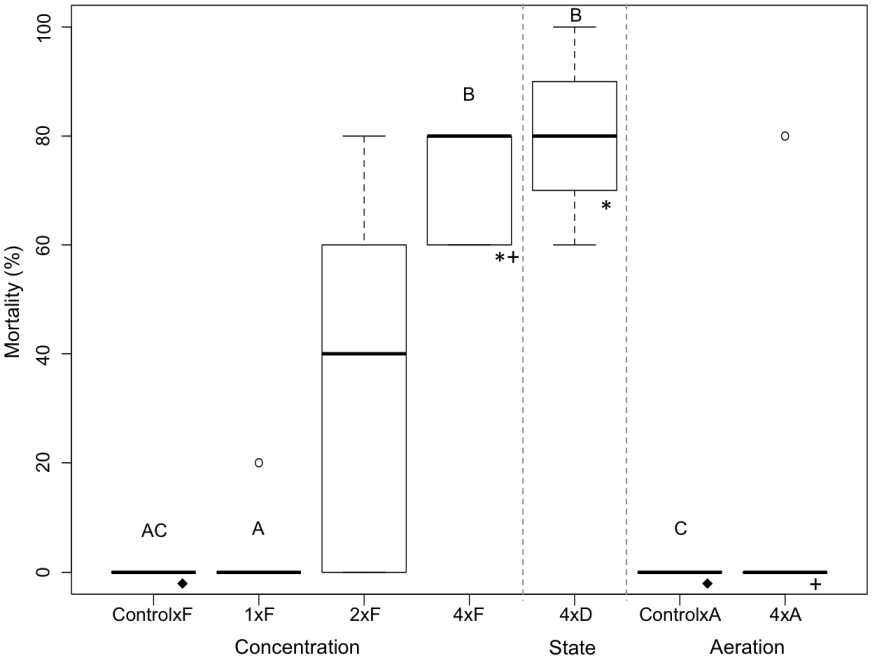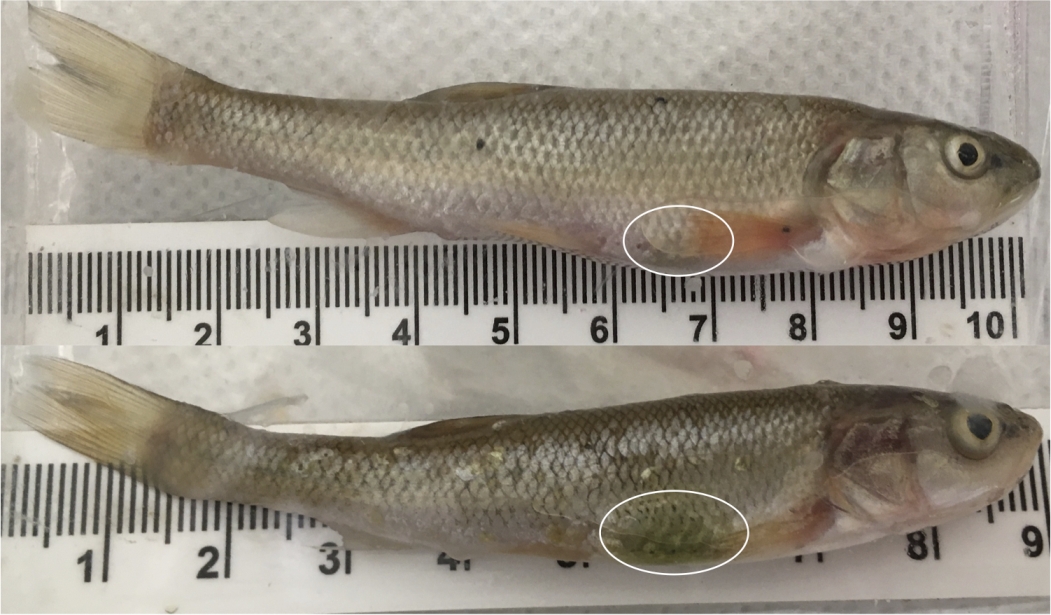Exposure to a Common Urban Pollutant Affects the Survival and Swimming Behaviour of Creek Chub
Anthropogenic effects on the aquatic environment are ever present and ever increasing and while a plethora of aquatic contaminants are known to affect fishes, one ubiquitous and increasingly prevalent world-wide urban runoff pollutant is frequently disregarded, and that is pet waste. While dog waste has been identified as a significant factor contributing to bacteria and nutrient loading within receiving waters and the associated water quality changes are known to affect fishes, the impact of uncollected dog faeces on urban fish populations has never been directly investigated. In this study we exposed creek chub (Semotilus atromaculatus), a widespread tolerant stream minnow, to various realistic concentrations of dog waste as simulated urban park runoff testing both fresh and dried dog faeces in both stagnant and aerated water for 96h to investigate the impact on fish survival and behaviour. Creek chub percentage mortality increased significantly relative to controls and across an exposure gradient and was likely caused by anoxic conditions. Survivors were initially smaller while those that died were initially larger and presented with abnormal abdominal subdermal lesions post-exposure. Additional indicators of physiological stress included significantly increased rates of aquatic surface respiration and changes in flume test derived swimming motivation metrics with increased exposure concentrations. Both mortality and behavioural responses were alleviated by aeration. Furthermore, trials with fresh and dried faeces differed only in time-to-death and swimming metrics where results from dried trials were similar to those from aerated experiments. Results demonstrated the impact that the global dog waste management problem can have on aquatic communities with effects on creek chub likely to be more severe for less pollution-tolerant species and also likely to be exacerbated under future scenarios that consider climate change and increased urbanization.






